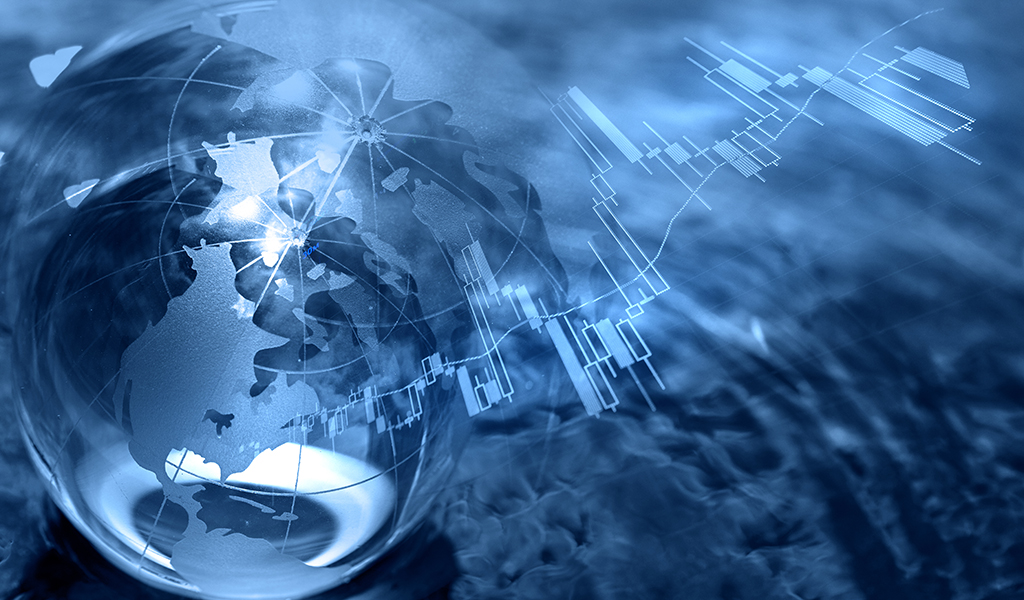Japan was struck, in the mid-afternoon of Friday, March 11, 2011, by the country’s largest ever recorded earthquake. Within an hour, parts of Japan’s northeast coast were hit by a wall of water that swept away cars, boats, trains, buildings, roads—and thousands of lives.
It was with humility and respect, then, that I visited parts of the affected area more than 18 months on, in a special event this week in and around Sendai—the Japanese city most affected by the disaster, a couple of hours by train north of Tokyo. This "Sendai Dialogue," cohosted by the Government of Japan and the World Bank, was part of the overall IMF/World Bank Annual Meetings being held in Tokyo this week.
Disaster turned to success
I went to two areas around Sendai—the first was the Arahama Elementary School, site of a successful evacuation during the disaster. The school is still in its wrecked state—just as it was straight after the tsunami struck. Debris is strewn all over the grounds–a mangled mass of vehicles resembling more a scrap yard than a school. The corridors and classrooms inside are also in ruins.
This school, however, represents a success story--because the children were evacuated straight after the quake and airlifted out by helicopter as the area was being submerged in water. The Arahama School Principal told us proudly of how the local community had come together, of the heroic efforts that had been made, and how, these days, the children of the Tohuko region are "becoming more cheerful." 
The other location that I visited was the Seaside Park Adventure Field, which offered a vantage point over a disaster waste treatment area. I was told that the disaster generated some 1.35 million tons of debris from the city. As part of a three-year project, it is sorted into various categories with the aim of recycling most of it. It is a massive undertaking.
No one could fail to be horrified by the scale of destruction, while being moved by the courage, determination, and collective action that the Japanese population showed in the face of this disaster.
Learning from experience
The Sendai Dialogue provided us with an opportunity to learn from Japan’s experience with managing disasters and to learn how the international community can better work together to strengthen defenses, reduce risks, and lower the human and economic costs of natural disasters.
Of course, dealing with disasters—physical ones anyway—is not the core business of the IMF. But we do have a role to play. The IMF may be a relatively small link in this chain, but an important one nevertheless. Small links are needed if the chain is to be kept together.
[caption id="attachment_5633" align="alignleft" width="300"] Lagarde (right) with World Bank President Kim (center) and Japanese Finance Minister Koriki Jojima[/caption]
Lagarde (right) with World Bank President Kim (center) and Japanese Finance Minister Koriki Jojima[/caption]
What can the IMF do in the face of natural disasters? We can provide rapid emergency financing, for one thing--we have responded to 42 cases of natural disasters since 1962.
A recent example was when the IMF provided financing to Haiti within three weeks of the earthquake that struck in early 2010. We also, of course, provide policy support—either through our regular economic oversight or through the financing of programs—helping to lay the foundation for recovery.
And we also give technical assistance to build capacity for recovery. For example, Haiti has received over 35 technical visits from us since early 2010 on topics ranging from revenue administration and financial sector reform, to exchange rate policy and improvement of statistical information.
The IMF has valuable knowledge to share.
A paper released this week draws lessons from seven countries hit by natural catastrophes and how countries can strengthen their resilience to disasters. I highlighted five lessons, in particular, in Sendai: early warning of disasters; flexibility to redeploy spending rapidly; coordination between all agencies when disaster strikes; transparency in the effective use of assistance; and a growth strategy as an integral part of reconstruction and recovery.
Valuable opportunity
Natural disasters, unfortunately, will always be with us. And the costs and number of people affected by disasters continues to rise in the face of such influences as growing urbanization and environmental degradation. But the visit to Sendai was a valuable opportunity for me--and for the many others who participated in the Dialogue--to learn how we can strengthen our defenses and better react in these emergencies.
"I just want our children to be able to hope and dream again," said the Principal of the Arahama school.
That is a goal that I believe all 188 member countries of the IMF and World Bank share as they gather this week in Tokyo to discuss the challenges facing the global economy.


